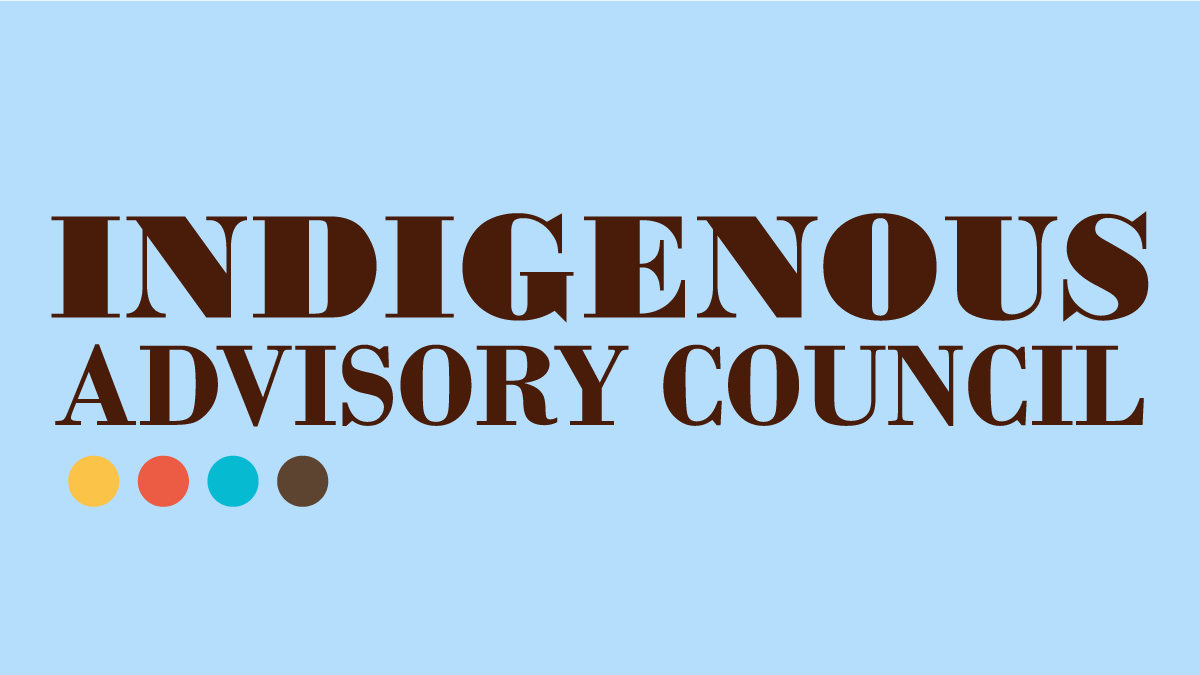
Tell us a little bit about yourself.

My name is cece hoffman. I am a member of the Confederated Tribes of the Umatilla Indian Reservation, with tribal ancestry also amongst the Nimiipuu and Ojibwe peoples. My parents are Cara Thompson (CTUIR and Nimiipuu) and Shay Hoffman (Ojibwe). I grew up on the Umatilla Indian Reservation and was involved in various community programs throughout high school (Tribal Youth Council, sports, student government, etc.). In 2016, I moved over to Coast Salish lands to attend the University of Washington (UW), where I graduated with a degree in Education, Communities, and Organizations. During my time at UW, I was involved with the First Nations at UW Indigenous student organization, the American Indian Student Commission, and Got Green (a local grassroots Environmental Justice organization). While earning my undergraduate degree I also served on student advisory committees for the Office of Minority Affairs and Diversity, the office of the Provost, and the Center for American Indian and Indigenous studies. I worked for the wǝɫǝbʔaltxʷ Intellectual House, ISTEAM (Indigenous Science, Technology, Engineering, Arts, and Mathematics), and with the Seattle Office of Planning and Community Development’s Equitable Development Initiative (EDI) as the Indigenous intern. I now work at Na’ah Illahee Fund as an Environmental Justice Coordinator. I am really passionate about environmental justice, food sovereignty, education, transformative justice, and Indigenous representation in media. I enjoy playing sports (basketball, golf, tennis, running, biking, skating, etc.), spending time with loved ones, learning, and drinking tea!
What inspired you to want to join the Indigenous Advisory Council and what do you hope to achieve?
I believe that I have an important contribution to the council with my position as a younger person who has moved from a reservation to an urban area, and who has built connections in both places. I believe that it is very important that we make it known among non-Native communities that much of the Native population on Turtle Island lives in cities and that we work to create a place that is equitable to both the first peoples of these lands and the Indigenous people who have been displaced and brought here. I also hope to help (re)create a place that embodies the values and philosophies of Indigenous peoples, because I strongly believe that those ideologies and practices are paths to more just lifeways.
How does being a member of the Confederated Tribes of the Umatilla Indian Reservation (CTUIR), with ancestry also amongst the Nimiipuu and Ojibwe peoples, shape and influence your life in the Salish Sea region?
Throughout my own growth and development, I have learned many teachings around respect, responsibility, care, and reciprocity. As a younger person, I recognize that I also have much room to learn and grow. I tend to be a good listener and follow the guidance of my elders and teachers.
What is something that you bring to this role that will help the group work together?
Once I am comfortable in a space I can be very playful and bring a lot of energy that is often overlooked and neglected today. I believe that I can bring these opportunities for joy, play, and relationship building to the group. I also hope to bring fresh and creative ideas that can challenge the hegemonic systems currently in operation.
What do you love most about living in this region?
I love this region so much! The water, the hills, and the plant relatives are amazing. I feel so lucky to be here and learn about the histories that have happened here. I love the different communities of color here and all of the work, food, art, and beauty that they bring.
What haven’t I asked you about that I should?
Where I get inspiration for the ‘work’ that we do.
I get inspired and grounded by so many humans and beings. I love all of the liberatory work that Black and Indigenous peoples have done and the ways that they dream up and activate very creative and beautiful ways of resistance to systems of oppression. I also get inspiration and reassurance from our non-human relatives like fungi, salmon, cedar, coyotes, bees, etc.


